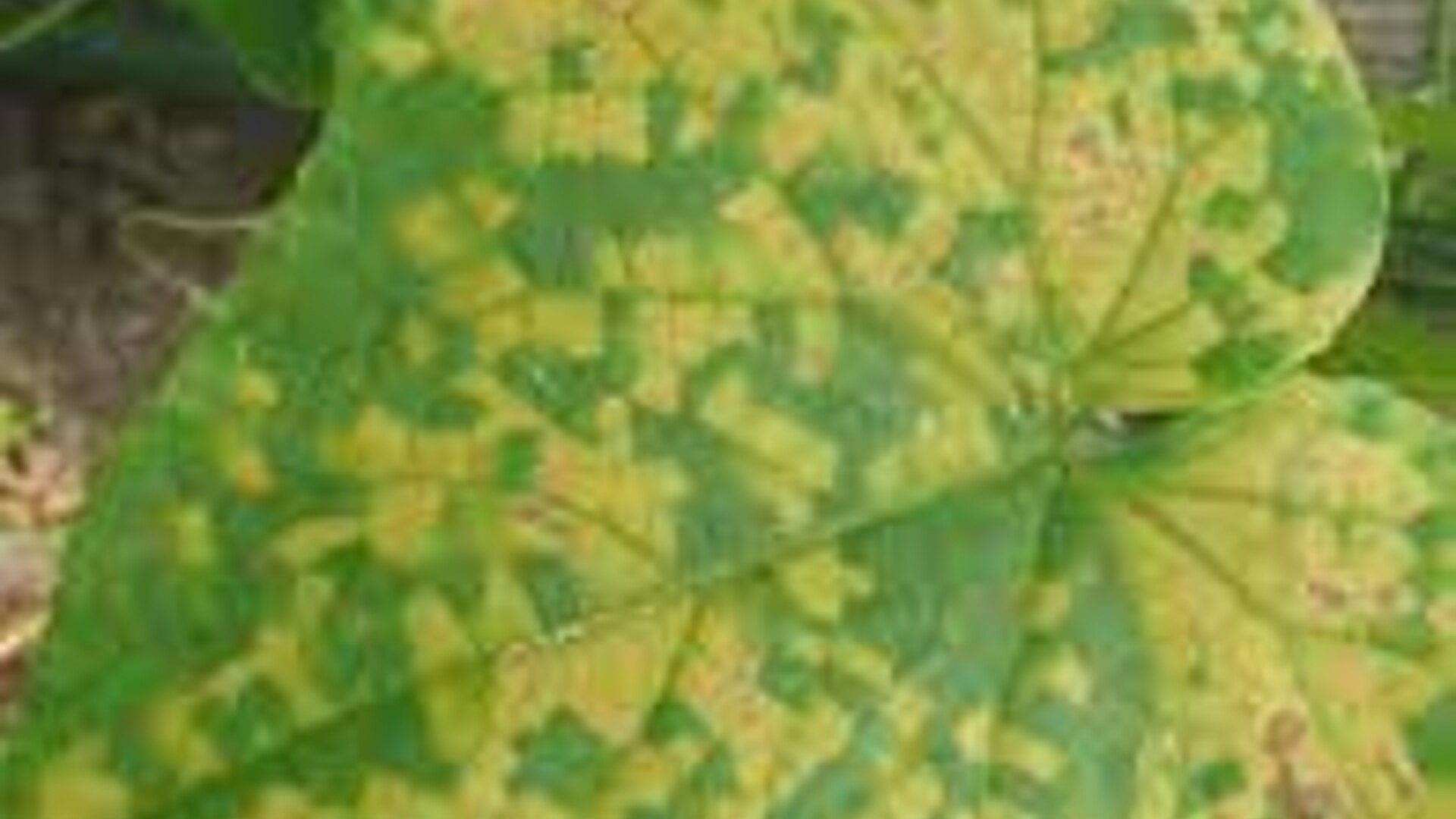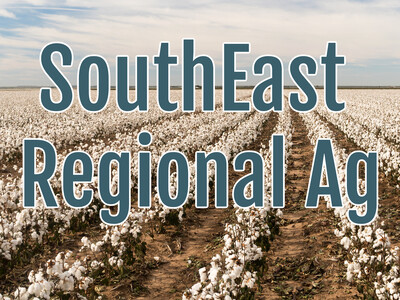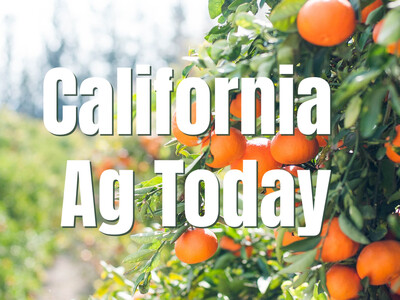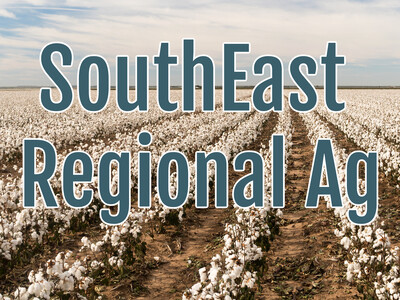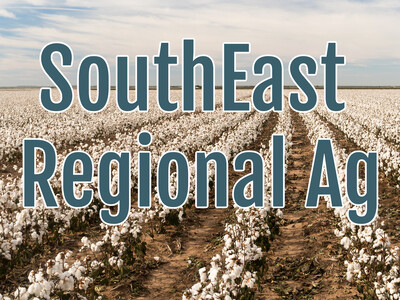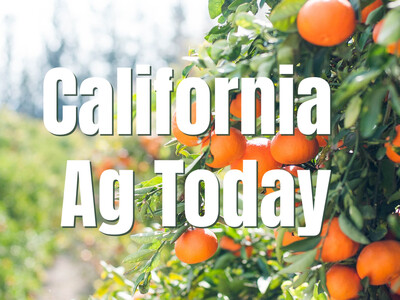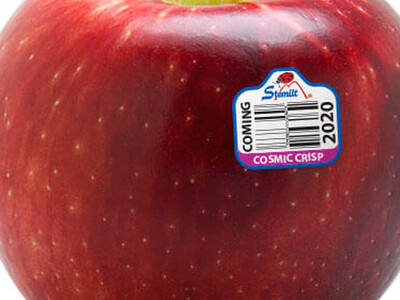Wet Areas Bring Challenges for Some Florida Farmers
The humid and wet conditions over the growing season have south Florida farmers dealing with downy mildew.
The University of Florida Extension is reporting that the situation worsened over the past several weeks.
During an American Floral Endowment's Grow Pro Webinar Margery Doughtry of Cornell University was asked about the challenges of downy mildew relative to powdery mildew.
Doughtry: You’re actually in trouble in either case but if I had to pick I’d probably say that downy mildew was worse in the sense that it’s more out of the blue. It tends to pounce without as much warning. When the weather has shifted to provide a moister, wetter situation, it can just appear out of nowhere. With the powdery mildew, you often get a bit of warning. It starts out small and then it builds up and it can build up to a frightful epidemic but usually, you know that your crop is prone to it you’ve planned in advance. You’ve got controls in place. So it can be a business as usual type of disease. And I think that’s easier for a grower to cope with.
The UF’s Pest and Disease Hotline says downy mildew continued to be seen in squash and cucumbers in southwest Florida. Incidence and severity range from low to moderate. It is also still present in a few remaining watermelon fields.
Downy mildew is also present in cucumbers in the Manatee Ruskin area and in cucurbits in the Homestead area.
==========
Powdery mildew is also active around SW Florida and increasing in squash. It has reached moderate to high levels in a number of fields.
Squash growers in Miami Dade County are also battling powdery mildew.


